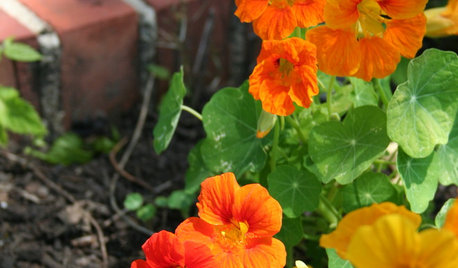Hi All, some seedlings coming into flower (not induced into flower) at present.
Have used a plant of Ae. Madi Gras to give a comparison of size in the foreground in first image (Ae Madi Gras is the same plant with reverse variegation to Ae. Lucky Stripes);
Aechmea Lucky Stripes X Ae. retusa 2 seedlings + 1 Ae. Madi Gras;
{{gwi:484608}}
The next image is showing one seedling from above cross with a seedling from the reverse cross, The reverse cross looks almost exactly the same as Aechmea retusa the pod parent plant & will most likely flower in summer as a larger plant?
{{gwi:484610}}
the pod parent (plant the seed was produced on) is very obvious in each cross.
Have more seedlings flowering, will post some when I get more time. cheers allan



bromadams
LisaCLV
Related Professionals
Havre de Grace Landscape Architects & Landscape Designers · Manhattan Beach Landscape Architects & Landscape Designers · Paradise Landscape Architects & Landscape Designers · Milford Landscape Contractors · Mission Landscape Contractors · Secaucus Landscape Contractors · Soddy Daisy Landscape Contractors · Fort Lauderdale Fence Contractors · Fort Lee Fence Contractors · Owings Mills Fence Contractors · Winter Park Fence Contractors · Teaneck Fence Contractors · Millburn Siding & Exteriors · Point Loma San Diego Siding & Exteriors · Saratoga Springs Siding & Exteriorsallan4519Original Author
bromadams